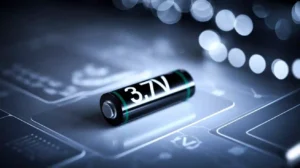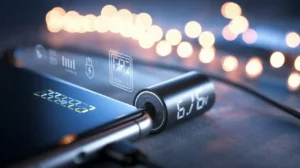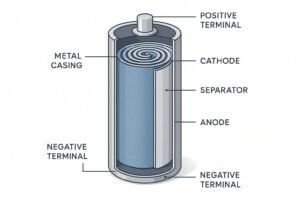
What Makes 3.7V Standard Voltage Key in Li Batteries
3.7V standard voltage in Li batteries results from electrode chemistry, enabling high energy density, safety, and compatibility in modern devices.
11 years of lithium battery manufacturer

3.7V standard voltage in Li batteries results from electrode chemistry, enabling high energy density, safety, and compatibility in modern devices.

LCO battery technology in 2025 offers high energy density for electronics, while ternary lithium batteries provide longer life and safety

LiFePO4 Battery Series types, uses, and selection tips for EVs, solar, and storage. Compare prismatic, cylindrical, pouch, and button cells

Round lithium batteries include cylindrical, button, and LiPo types, each offering unique benefits for wearables, tools, and electronics.

LCO Battery Technology excels in compact electronics, while ternary lithium batteries lead in EVs for 2025 due to higher energy

Lithium-ion battery balancers maintain cell health, prevent early failure, and significantly boost battery longevity and safety in multi-cell packs.

Lithium-ion batteries are rechargeable, while lithium batteries are single-use. Compare their chemistry, safety, lifespan, and best uses for your devices.

Fix state of charge issues in lithium polymer batteries with calibration, cell balancing, and BMS updates for accurate SoC monitoring

LiLO Battery Technology offers safety and long life, while ternary lithium batteries provide more range and faster charging for electric

Lithium-Ion Battery capacity ratings, discharge curves, and usage tips explained for longer life, safe operation, and optimal device performance.

Lithium-Ion Battery pouch cells in 2025 offer high energy density, lightweight design, and flexible shapes for electric vehicles and advanced

A clear explanation of cylindrical cells: structure, sizes (18650/21700/4680), advantages, and how they compare to prismatic/pouch batteries. Applications in EVs,
Guangdong Yungbang New Energy Co., Ltd.
Copyright © 2013. All rights reserved.